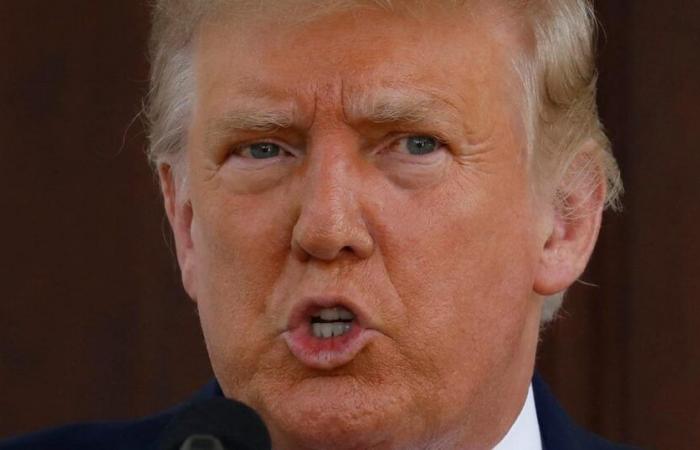”
data-script=”https://static.lefigaro.fr/widget-video/short-ttl/video/index.js”
>
In 2011, during a correspondents' dinner at the White House, Barack Obama publicly ridiculed Donald Trump. An affront which, according to specialists, would have motivated the billionaire's decision to enter the race for the presidency in 2016.
On January 20, 2025, Donald Trump will return to live in the White House. On November 6, the American billionaire was elected President of the United States. This time, he was facing Kamala Harris. This position, which he left in 2021 to Joe Biden, he won for the first time in November 2016 against Hillary Clinton, the Democratic candidate and former Secretary of State. The election was marked by a very tense and polarized political climate. The businessman, with no prior political experience, led an atypical campaign, often populist and marked by controversial speeches. He had won key states in the Midwest and Rust Belt, decisive for his victory. Soon after, The Unrockuptibles returned to the origins of his desire to be a presidential candidate. More precisely, the magazine echoed an analysis made by Isabelle Hanne, journalist at Liberation. In it, it was about a humiliating episode experienced by Donald Trump and which, according to her, would be the trigger for his desire to become president of the United States.
The event in question took place on April 30, 2011, during the annual Correspondents' Dinner at the White House. That evening, Barack Obama launched into a verbal joust, addressing Donald Trump directly, present in the room, and ridiculing him. It was only fair, the media observed, given that the businessman was making numerous television appearances, where he questioned the president's American origin by demanding to see his birth certificate. That evening, Michelle Obama's husband quipped as follows: “Donald can now ask real questions, like: 'Did we really walk on the Moon?' ; 'What Really Happened in Roswell?' ; 'Where are Biggie and Tupac?'” Melania's husband, while displaying a forced smile, tried to keep calm. According to Isabelle Hanne, those close to him believe that this humiliation was a defining moment in the billionaire's life.
> > > PHOTOS – Donald Trump: discover his physical evolution
“I’ll show them.” : what Donald Trump would have thought after being humiliated
Roger Stone, one of Donald Trump's advisors, returned to this episode in the documentary The Choice 2016 broadcast a few years ago on PBS and Arte. “I think it was that evening that he decided to run for office”analyzed the specialist, cited by Inrockuptibles. According to him, the father of five children felt the need to take revenge and thought: “I'm going to show them [de quoi je suis capable].” And the whole world saw it, like Barack Obama, who mentioned this episode in his memoirs, published in 2020.
Article written in collaboration with 6Medias






